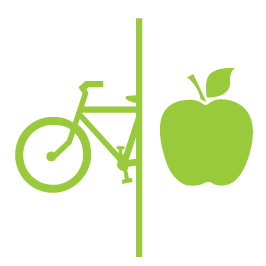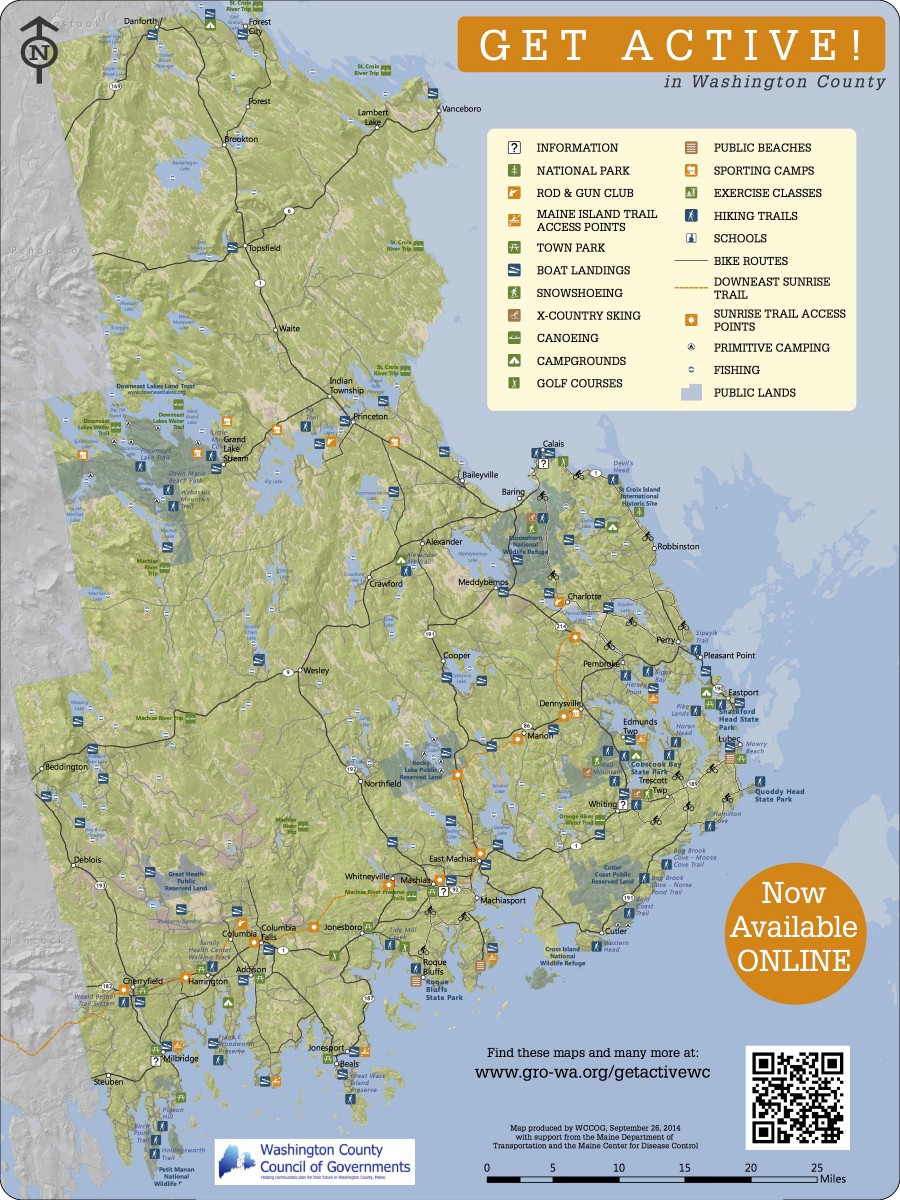 Washington County Public Health Initiatives
Washington County Public Health Initiatives
Being Active in Washington County
Proximity to places for physical activity influences the likelihood that people will increase their physical activity. In rural communities, lots of open space doesn't necessarily coincide with lots of opportunities for physical activity. In fact, rural living can often lead to decreased activity, as rural lifestyles can cause people to become more isolated and more dependent upon driving.
Rural regions are known for their abundant natural resources and fresh air, but to a large degree, they are not always well utilized.
In Washington County, and with many other rural areas, the barriers to accessing physical activities are several-fold:
- Distance from people’s homes to recreation sites (indoor and outdoor).
- Lack of transportation.
- Lack of information/communication/promotion.
- Generational isolation - lack of education/modeling behaviors.

- Belief that physical labor = adequate exercise.
- Mental/physical/chemical disabilities.
In 2013 and 2014, the Washington County Council of Governments tackled the question of how to connect more people in rural areas to opportunities for physical exercise. This project was undertaken in partnership with Northern Maine Development Council, and funded through a Community Transformation Grant from the Center for Disease Control.
Existing, publicly accessible opportunities for physical recreation were mapped county-wide, including both indoor and outdoor recreation. Five maps were created in all, including:
These maps were printed onto steel panels and installed in several public locations across the county.
Locations include health centers, recreational trails, fitness centers, information centers, and town parks – places where people would normally go to exercise or seek information regarding recreation opportunities.
These maps bring a greater level of awareness, and inspiration to explore, the many opportunities available to people throughout Washington County.
For more Get Active in Washington County resources, click here.
Bicycle and pedestrian planning helps communities identify transportation corridors in need of improvement, and helps to justify grant requests for infrastructure and programs that increase acccess to alternatives for safe physical activity. Such improvements can enable people in more rural communities to safely get where they need to go by walking or biking, and can ensure that recreation areas are safe and readily accessible. Mapping safe walking and biking routes within more developed village centers can help parents and children feel more comfortable about traveling around town by bicycle or on foot, eventually increasing the number of children growing up with physical exercise as part of their regular routines.
Engagement of local partners and municipal officials in the direct connection between built environment and health is also essential. Rural communities must be creative in the methods they use to actively engage people. Simply assuming that facilities will be used if they are build isn’t enough. People need help realizing the opportunities available to them, and need inspiration to get out and explore what is beyond their normal realm of travel. Providing information and visually showing people that SO MANY opportunities are available may be only one step in the process toward engagement, but it is a critical one.

Share this content: